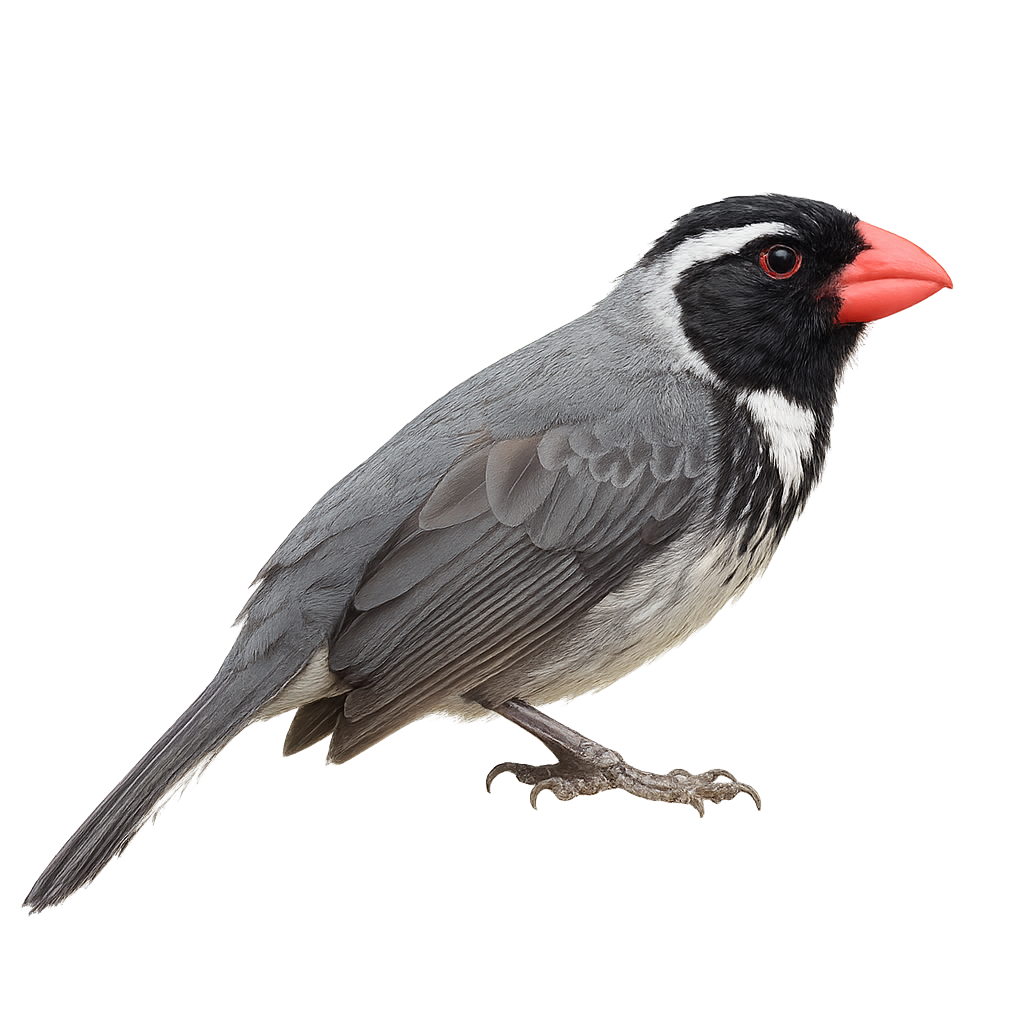Your wildlife photography guide.
Explore the masked saltator in detail, study its behavior, prepare your shots.
Where to observe and photograph the masked saltator in the wild
Learn where and when to spot the masked saltator in the wild, how to identify the species based on distinctive features, and what natural environments it inhabits. The WildlifePhotographer app offers tailored photography tips that reflect the masked saltator’s behavior, helping you capture better wildlife images. Explore the full species profile for key information including description, habitat, active periods, and approach techniques.
Masked Saltator
Scientific name: Saltator cinctus

IUCN Status: Least Concern
Family: THRAUPIDAE
Group: Birds
Sensitivity to human approach: Suspicious
Minimum approach distance: 10 m
Courtship display: March to May
Incubation: 13-14 jours
Hatchings: March to June
Habitat:
Humid forests, wooded areas, forest edges
Activity period :
Primarily active during the day, with peak activity in the morning and late afternoon.
Identification and description:
The Masked Saltator, or Saltator cinctus, is a medium-sized bird belonging to the Thraupidae family. It is primarily found in the humid forests and wooded areas of the Andes, where it is recognized by its olive-green plumage and lighter belly. Its head features a distinctive black mask that contrasts with its white throat. This bird is often seen in small groups or pairs, feeding on fruits, seeds, and insects. Although relatively discreet, its melodious and powerful song can be heard throughout the canopy. The Masked Saltator plays a crucial role in seed dispersal, aiding in forest regeneration.
Recommended lens:
400mm – adjust based on distance, desired framing (portrait or habitat), and approach conditions.
Photography tips:
To photograph the Masked Saltator, focus on the humid forests of the Andes where it is most active. Use a 400mm lens or longer to capture detailed images from a distance, as this bird is suspicious and prefers to keep its distance. Be patient and discreet, blending into the environment to avoid startling it. Listen for its distinctive song to locate its position. The best times to observe it are early morning or late afternoon, when natural light is soft and highlights the colors of its plumage.
The WildlifePhotographer App is coming soon!
Be the first to explore the best nature spots, track rutting seasons, log your observations, and observe more wildlife.
Already 1 432 wildlife lovers subscribed worldwide

